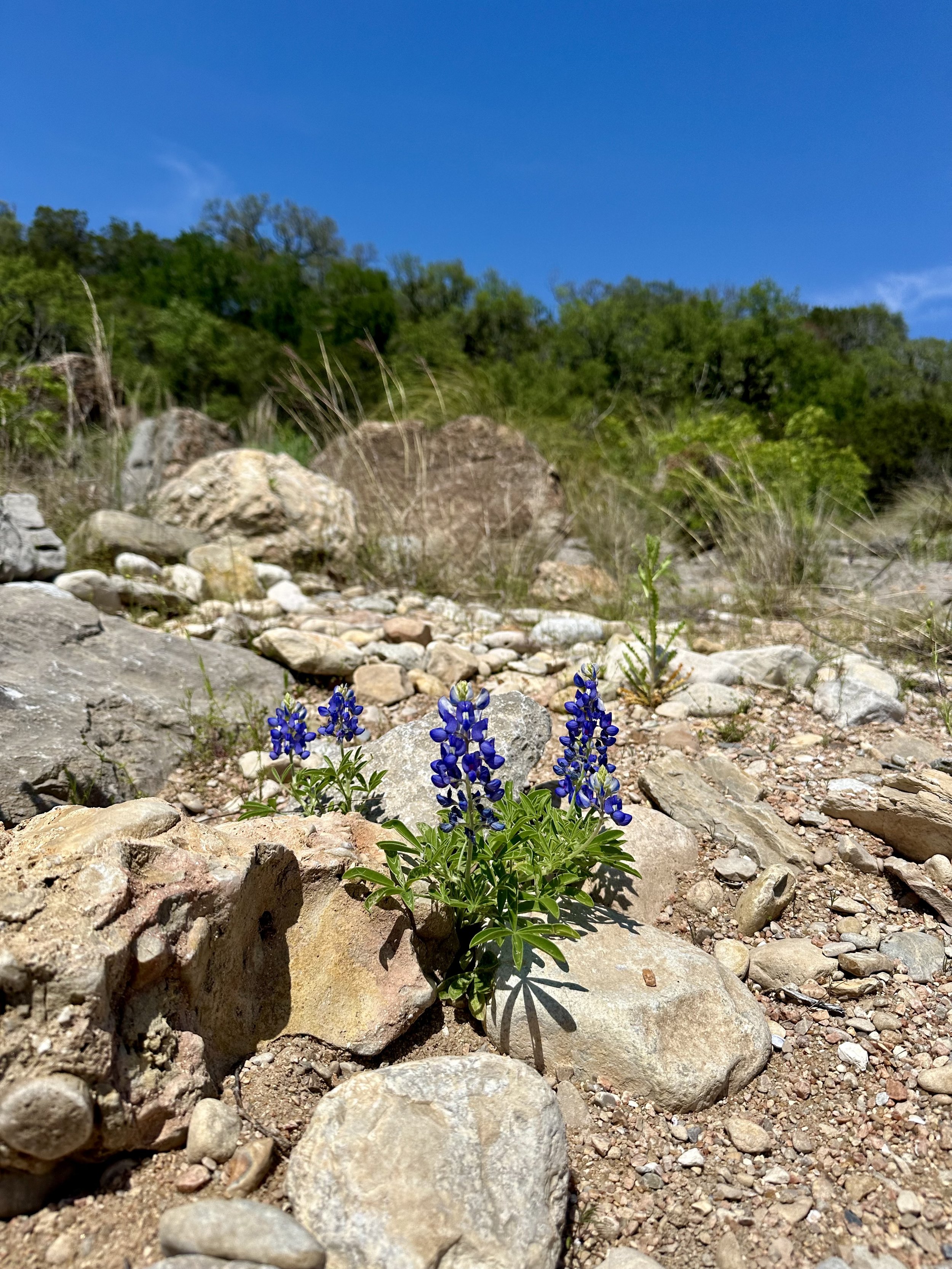Texas Wildflowers
Our son Danny likes to chase Pokémon; I prefer to chase wildflowers. Here’s what I caught! (Scroll past the gallery to learn more about Texas wildflowers.)
Did you know?
There are more than 5,000 species of wildflowers in Texas.
The Texas DoT sows over 30,000 pounds of wildflower seed annually, to supplement wildflower regeneration.
Mowing along the highways is carefully timed to ensure optimal production and dispersal of wildflower seeds.
Monarch butterflies migrate between Canada and Mexico every year, going right through Texas.
Fun Facts about Bluebonnets
The bluebonnet is the state flower of Texas, and is a species of lupine.
The bluebonnet has had other names through history: lupine, buffalo clover, wolf flower, azulejo, and el conejo.
Bluebonnets depend on bees for pollination. New blooms have a white spot to attract bees; five days later, the white spot turns magenta, indicating to bees that the pollen within is no longer worth their while.
If a bee visits a bluebonnet and then pollinates a white bonnet, the latter could come back the following year as a bluebonnet.
Bluebonnets are treasured, and feature in many folk tales and legends. Here are a couple (source: The Botany of Bluebonnets):
A tribe endured a devastating flood followed by severe drought and extreme heat. Stores ran low, and the tribe grew hungry and desperate. They believed they had angered their god, and only by sacrificing their most beloved possession would they be forgiven and the rain return. A small girl heard the adults talking, crept out in the night and burned her dearly loved cornhusk doll. In the morning, the tribe awoke to find the landscape covered by blankets of bluebonnets–a promise of forgiveness and the return of rain.
A Spanish nun miraculously appeared to teach Christianity to the Jumano Indians. She habitually wore a bright blue cloak over her black habit. After her last visit to the Jumano, the people woke to find the land covered with flowers the color of her cloak as a reminder of her teachings.















